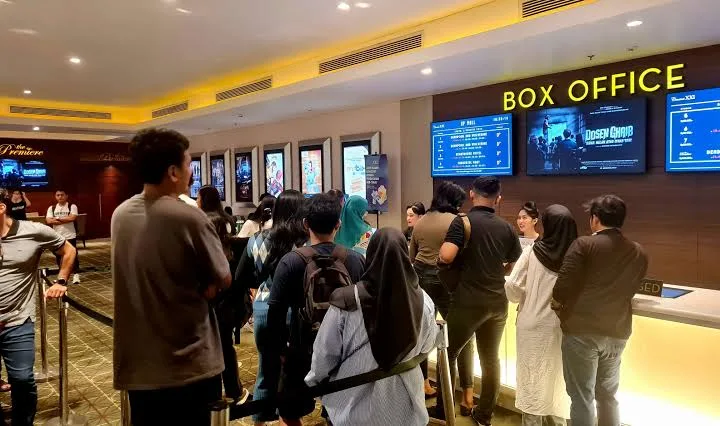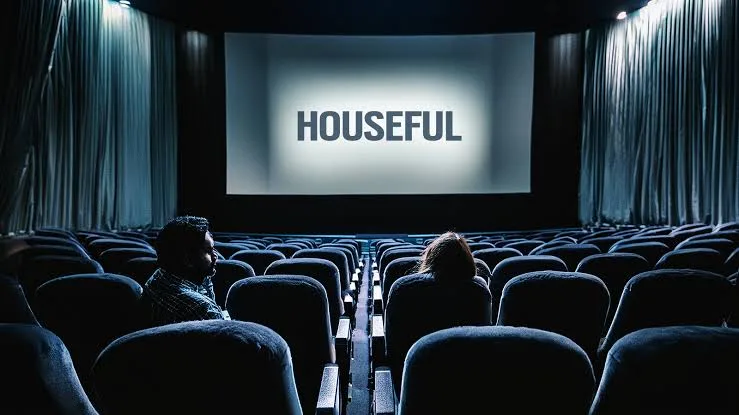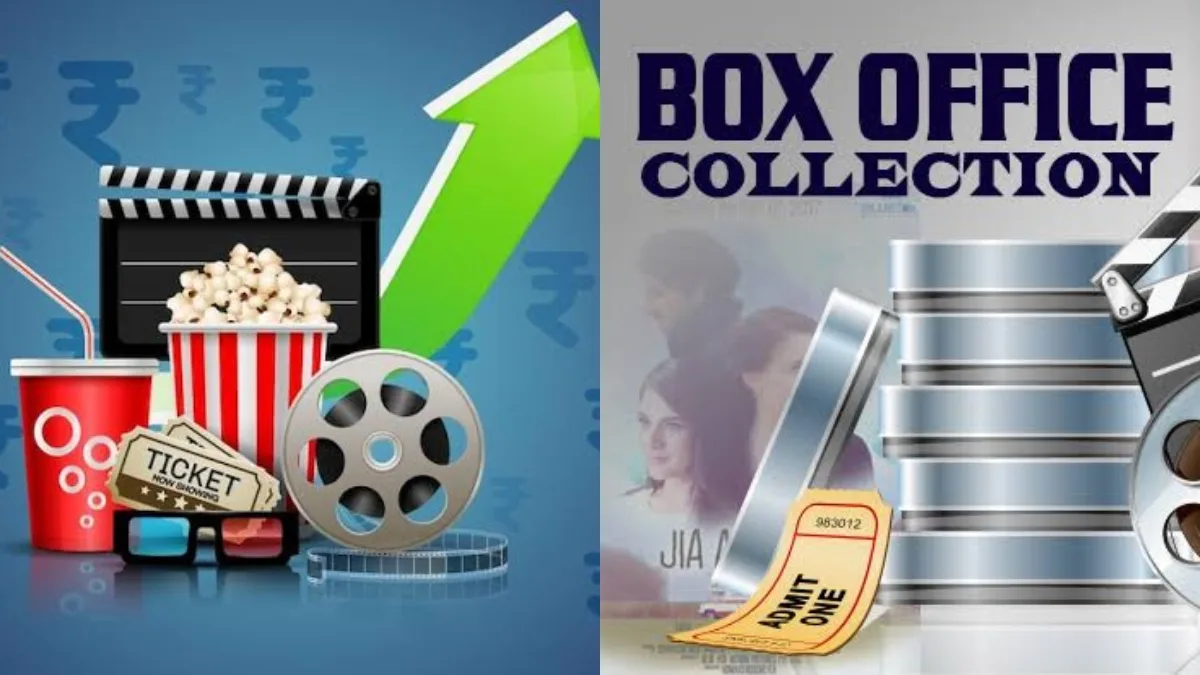The box office performance of Suriya’s ambitious film Kanguva sparked a flurry of debate following its release. While producers Studio Green proudly proclaimed a worldwide gross of ₹127 crore within three days, trade experts pointed to a more modest figure of ₹70 crore. This discrepancy has once again ignited discussions about inflated box office collections in the industry, a phenomenon that has gained momentum in recent years. But how widespread is this issue, and has it always been a part of the film business?
Industry insiders acknowledge that manipulation of box office figures is not a new occurrence, though its frequency and scale have increased. Atul Mohan, a long-time film trade analyst, revealed to the Hindustan Times that inflating collections has been a part of the industry for decades. “In the past, numbers would be inflated by 5-10%. For example, if a film closed at ₹98 crore, it would be rounded up to ₹100 crore for posterity,” he explained. However, Mohan notes that this practice has become more common in recent years, particularly after the pandemic. “With the pressure to show success, many producers now feel compelled to embellish figures to ensure a favourable public perception,” he added.

The rise of social media has played a significant role in the proliferation of box office discussions. Film stars, producers, and filmmakers now frequently share earnings figures on platforms like Twitter and Instagram, often daily. Actor Manoj Bajpayee observes that this has shifted the conversation from reviews to earnings. “Earlier, audiences discussed ratings and star performances; now, the focus is on how much a film has earned,” he said.

Chennai-based film analyst Ramesh Bala points out that box office figures have become a promotional tool in the absence of long-term reviews. “Producers use these numbers to create a sense of success. If a film crosses ₹100 crore, it’s seen as an indicator of quality, prompting more people to watch it,” Bala explained.
However, not everyone agrees that inflated figures are a surefire way to attract audiences. Publicist Mandvi Sharma believes word-of-mouth remains the most significant factor in a film’s success. “Conversations in communities and among friends drive viewers more than box office numbers,” she said.

One concept frequently mentioned in the discussion is “corporate bookings,” which gained attention after the success of Pathaan. Trade analyst Sumit Kadel clarifies that corporate bookings involve brands purchasing tickets for employees, but he dismisses the idea that this practice significantly impacts box office figures. “Corporate bookings are usually on a small scale and have no significant effect on overall earnings,” he stated.

As trade analysts navigate the murky waters of box office reporting, Kadel admits that discrepancies between producer-reported figures and trade estimates are common. “When the difference is small, we go with the producers’ numbers, but when the gap widens, we rely on trade figures or stop sharing numbers altogether,” he explained.
Despite the ongoing debate, one thing is clear: the obsession with box office figures is here to stay, fueled by social media and a competitive industry. Whether this obsession will eventually fade remains to be seen, but insiders hope it will dissipate once audiences become tired of the constant numbers game.



